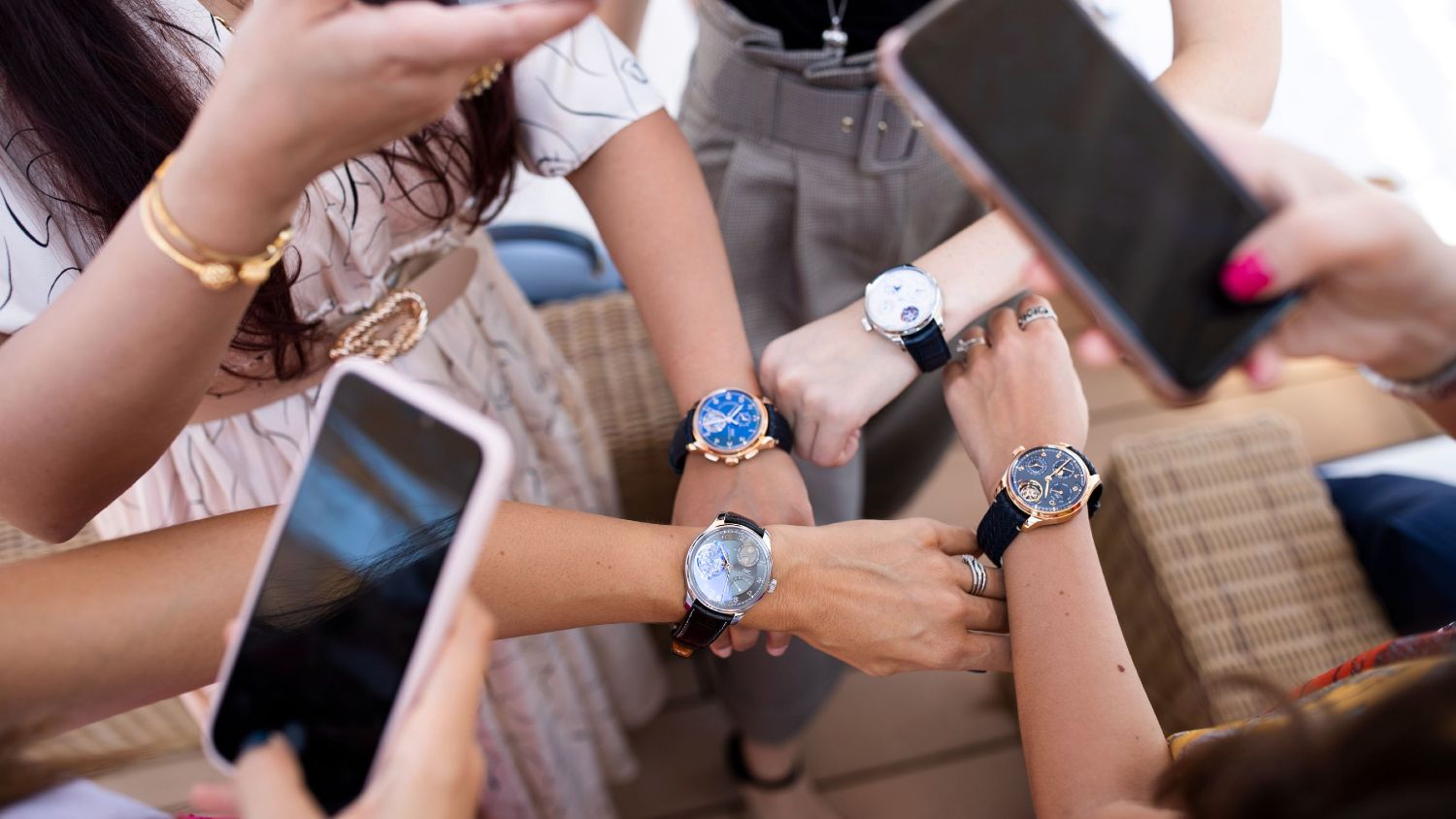Anyone well acquainted with the horological industry knows it is dominated by men. For decades, even centuries, the industry has, for the most part, carefully moulded itself to their changing tastes and choices. Which seems strange in the light of the fact that women have played a crucial role in the evolution of wristwatches.
In the 19th century, when men carried pocket watches, women wore watches around their neck and on their waist as brooches. But in 1810, Breguet made the first women’s wristwatch—a pocket watch attached to a bracelet, customised for Caroline Murat, the Queen of Naples—and entirely transformed how members of the fairer sex wore watches. By the late 1800s, women’s wristwatches weren’t just popular among the royals, but became mainstream among commoners, too.
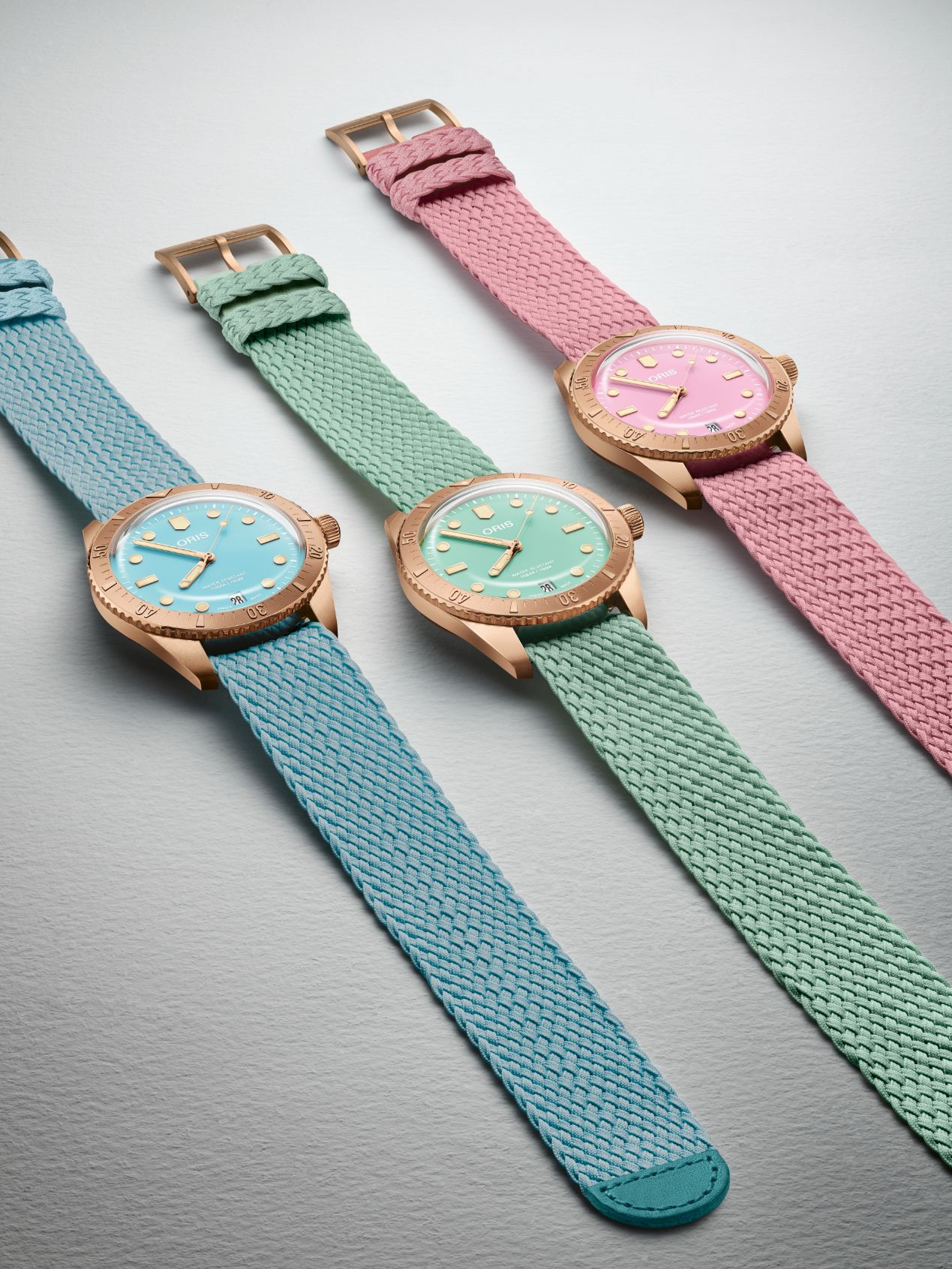 Oris introduced a slew of timepieces that entirely ignored the traditional gender boundaries—the latest iterations of the Divers Sixty-Five model are sized at 38mm and are available in colours such as sky blue, wild green, and even lipstick pink
Oris introduced a slew of timepieces that entirely ignored the traditional gender boundaries—the latest iterations of the Divers Sixty-Five model are sized at 38mm and are available in colours such as sky blue, wild green, and even lipstick pink
On the contrary, men’s wristwatches found popularity only after the end of World War I. Soldiers, during the war, wore pocket watches on their wrists with the help of a leather strap. These timepieces were better known as ‘trench watches’, and often featured a hinged cage to protect the dial’s glass. Once the Great War ended, servicemen returned home and continued wearing them. They slowly became acceptable and were eventually seen as status symbols.
Despite this history, wristwatches were co-opted by men, pushing women’s wristwatches down the horological hierarchy. However, the times, they are a-changin’. The past few years have seen a change in the way women’s watches are being viewed. With the rise of female watch enthusiasts and collector groups, along with the burgeoning of several social media handles that specifically focus on women’s timepieces or rather, timepieces for women, watch brands are paying keener attention to female clients.
Role of the internet and the pandemic
According to Dubai-based watch collector Irina Ciobanu, who has worked with a number of fashion watch brands, the COVID-19 pandemic acted as a catalyst in the transformation of the industry. “Earlier, there was a belief that watches were only for men. But this changed when the pandemic gave a lot of free time to many women and they discovered their passion for watches. More women are sharing the watches they are buying. Social media, especially Instagram, has had a huge influence on opening up this very traditional industry,” she says. Ciobanu further explains that with growing interest in timepieces among women, brands had no choice but to adapt.
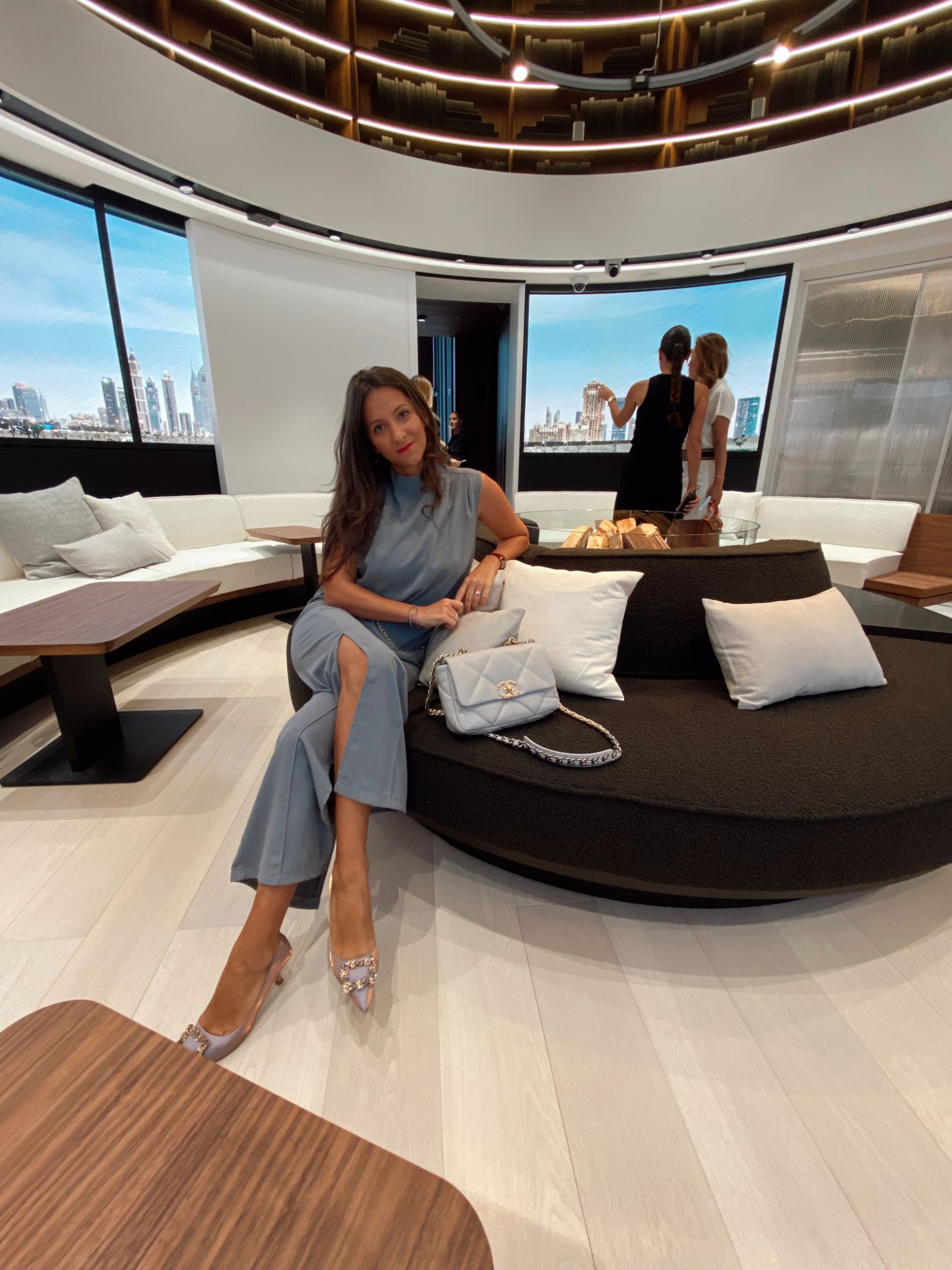 Dubai-based watch collector Irina Ciobanu, who founded Ladies Watch Club in 2020
Dubai-based watch collector Irina Ciobanu, who founded Ladies Watch Club in 2020One of the most notable changes has been the shift towards crafting genderless watches. For example, this year, Oris introduced a slew of timepieces that entirely ignored the traditional gender boundaries—the latest iterations of the Divers Sixty-Five model are sized at 38mm and are available in colours such as sky blue, wild green, and even lipstick pink. The Swiss brand has also eliminated any kind of gender categorisation on its website. Another popular watchmaker to discard gender labelling is Nomos Glashütte. The company’s offerings such as the Tetra collection and the Club Campus range are among its well-known unisex novelties. In 2022, it expanded the Club Campus collection by adding new models in 38mm and 36mm in deep pink and blue purple, and positioned them as watches for both genders. Another new watch by the brand is the Ludwig Gold 33, perfect for both male and female wrists.
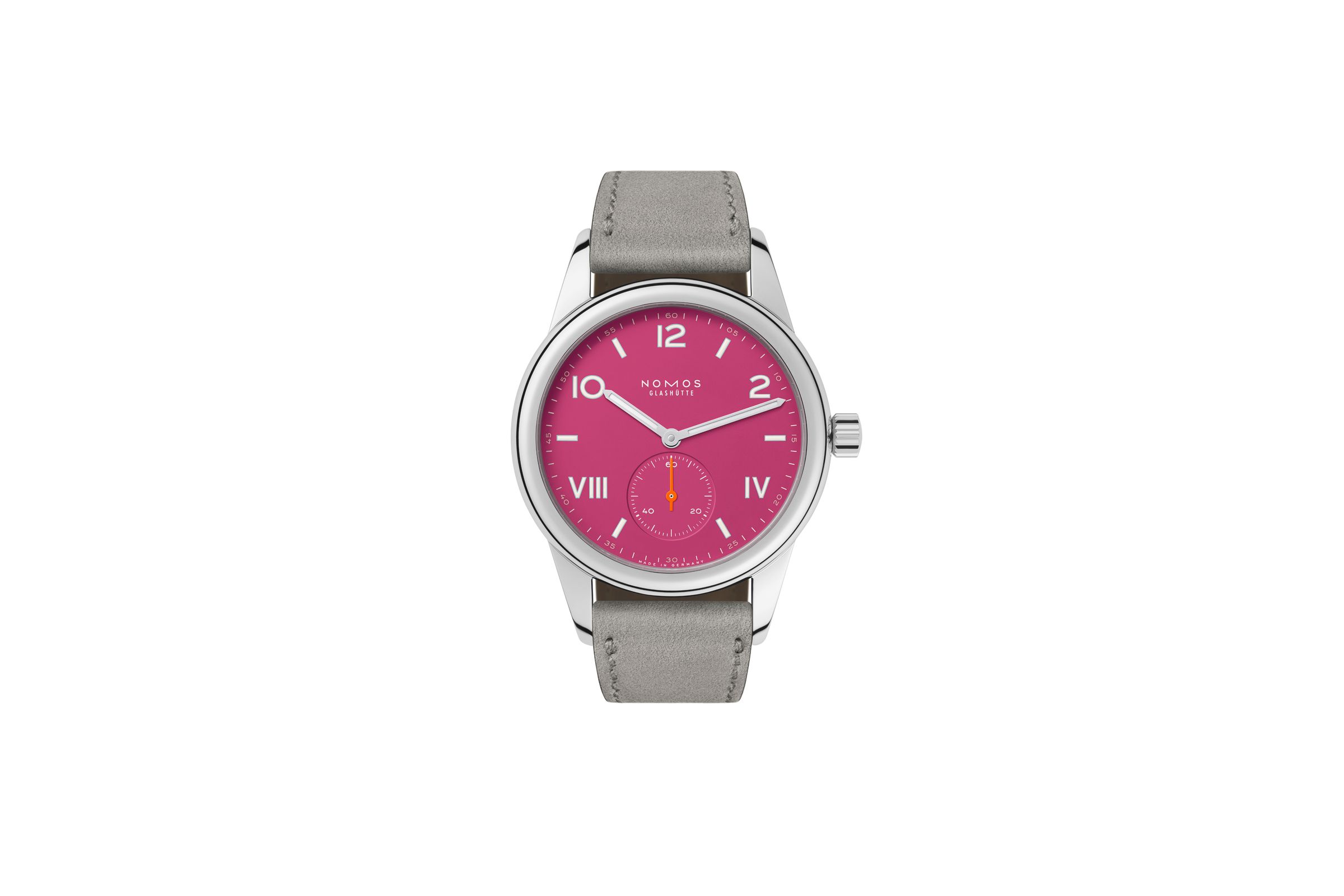 Nomos Glashütte Club Campus Deep Pink
Nomos Glashütte Club Campus Deep PinkWhat could be seen as another force behind such adjustments in the industry is the coming up of women enthusiasts and collectors’ groups. Ciobanu, apart from managing her personal Instagram account @irinici—where she regularly showcases her collection of 40 watches, including ones by Rolex and Cartier, and has around 31,000 followers—founded Ladies Watch Club on the social media platform, right after the breakout of coronavirus. With over 500 members from across the world, today the club acts as a platform for women watch enthusiasts to connect and talk about their shared love for timepieces. “While working in the watch industry back in the day, I understood that there were a lot of women watch lovers and collectors, but no one to connect them. So, that is why I came up with the idea of Ladies Watch Club. I launched it on Women’s Day in 2020,” says Ciobanu.
The Instagram account of Ladies Watch Club showcases posts featuring female celebrities flaunting their timepieces, information on newly launched watches, and links to several blog posts on the group’s website. The page currently has around 11,000 followers, with whom it holds interactive sessions on a regular basis.
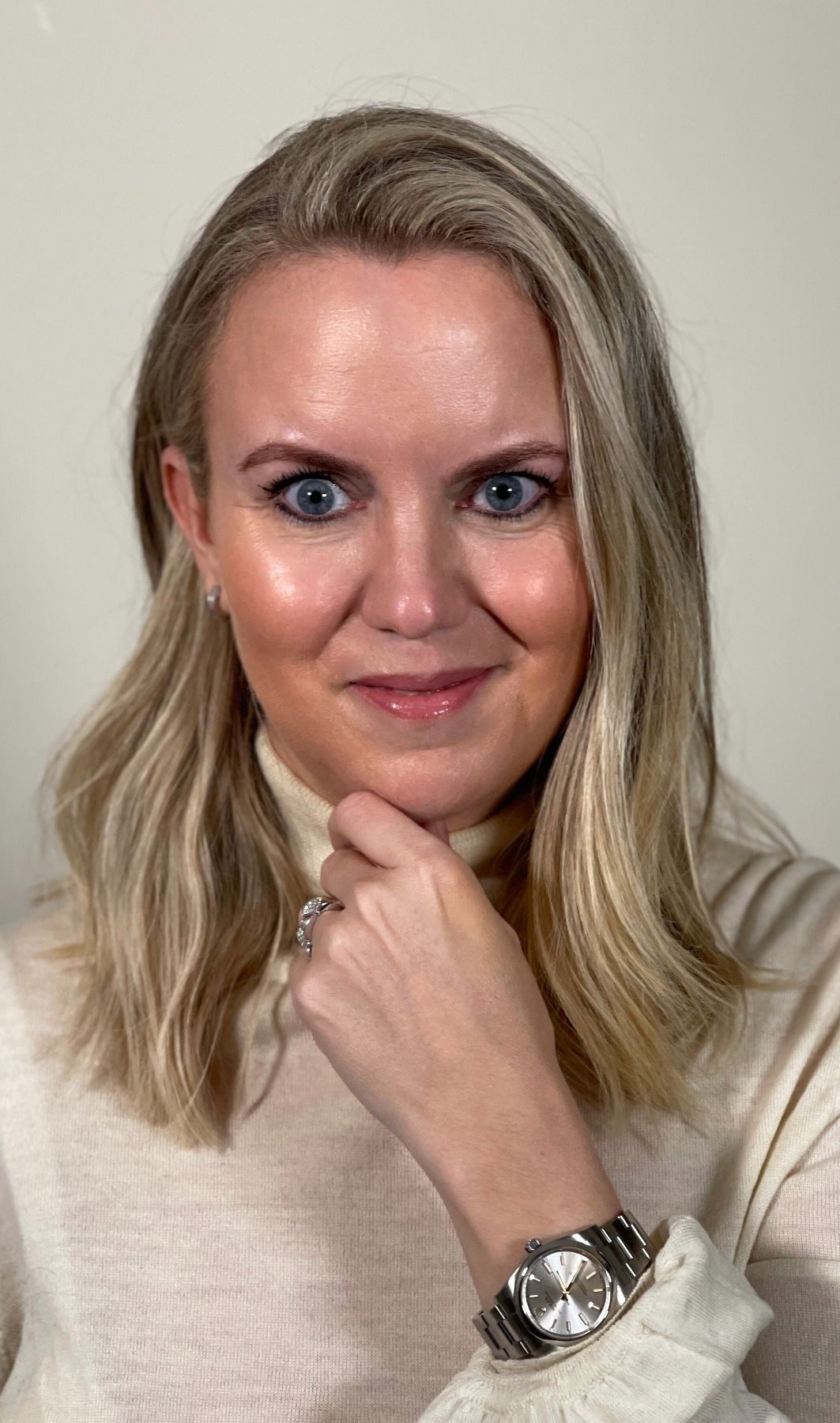 Laetitia Hirschy, Co-founder, Watch Femme
Laetitia Hirschy, Co-founder, Watch Femme
Ladies Watch Club isn’t the only watch group making waves. In March 2021, Laetitia Hirschy, founder and CEO of the US-based Kaaviar PR, Suzanne Wong, editor-in-chief at WorldTempus, and industry executive Nathalie Veysset got together and established Watch Femme on the social audio application Clubhouse, after holding discussions on watches and how women needed to have a larger voice in the industry. “When we started to have these discussions on Clubhouse, we got positive responses from a lot of women, and men as well. Women from across the world gave feedback about their frustrations with the industry and it was on all levels, whether they were watch collectors or working in the industry. So, we recently formed a non-profit association in Switzerland and decided to expand from Clubhouse to have a larger impact through different means, including our Instagram page,” Hirschy explains.
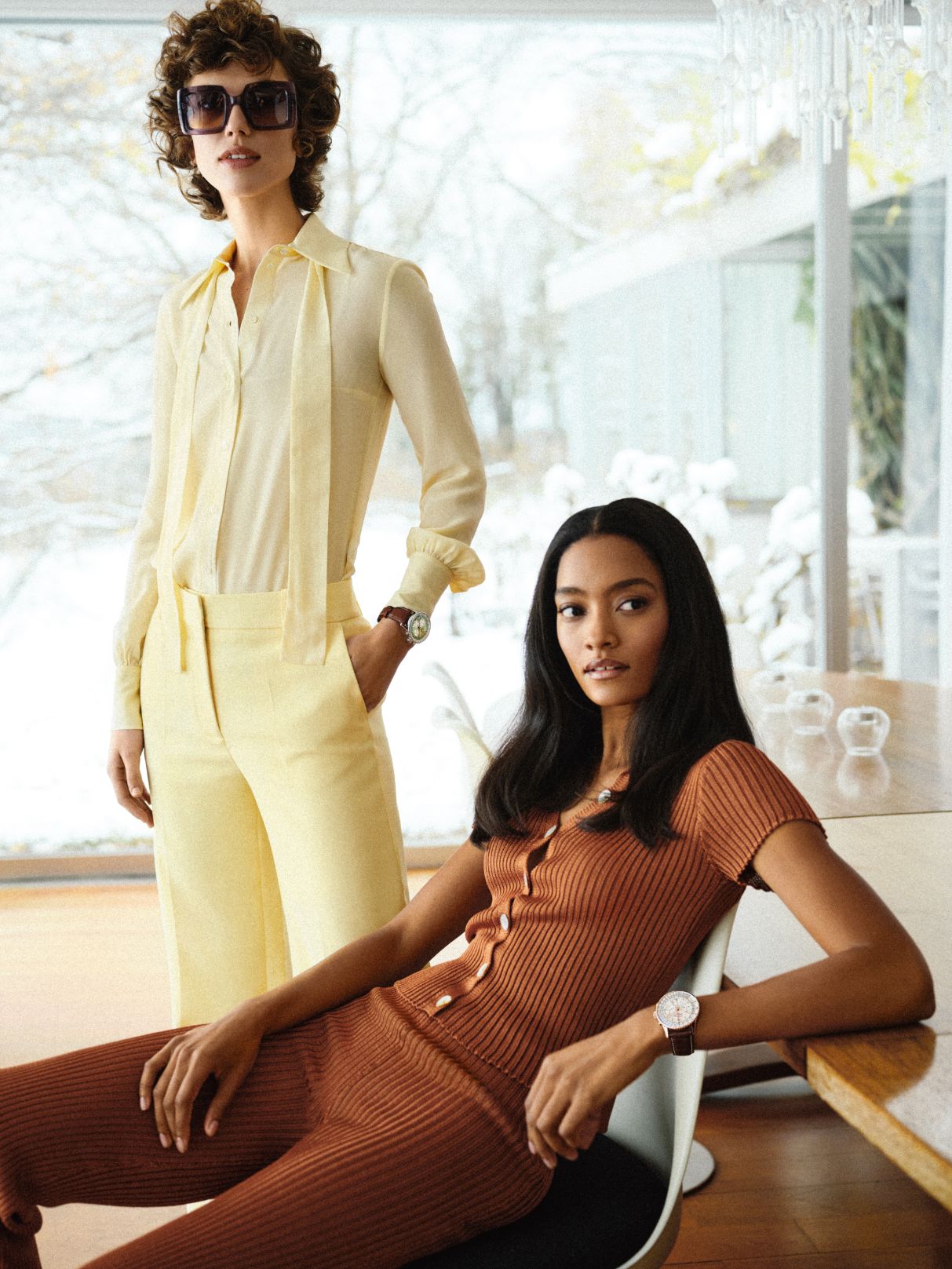 this year Breitling released the latest Navitimer in three sizes—46mm, 43mm, and 41mm.
this year Breitling released the latest Navitimer in three sizes—46mm, 43mm, and 41mm.
In the discussions that Watch Femme conducted, women raised their concerns regarding the abysmal number of female CEOs in the industry, sexist advertisements, and stereotypes about what they want from watches. Another issue that came to the forefront was the retail experience. “I think women would like to not be judged when they are entering a retail environment and maybe be guided in different directions. A good retail person can help someone without necessarily saying you should get this (a specific watch). There are assumptions made [about women customers] and I have heard this happening in many markets,” says Hirschy, adding that since the watch industry is so male-dominant, the retail experience is catered towards men.
The goal of Watch Femme is multifaceted—it aims to be educational, help women get different jobs in the horological industry, and speak to brands regarding their advertisements targeting women. Its members mostly connect online, but they have also conducted in-person events in New York, Dubai, and Geneva, and are now planning to host an event in India in November. Currently active in Switzerland and North America, Watch Femme has quickly come up as a medium for accelerating the support network for women watch enthusiasts and amplifying their needs and requirements in the industry.
Change in consumer behaviour
For the longest time, women’s watches have been synonymous with small-sized, quartz-powered timepieces, mostly in feminine colours and studded with gems. Over the past few years, more and more women have expressed their concern with this belief. There has been a consensus that female watch enthusiasts and collectors want timepieces that are by no means lesser than men’s watches.
“Nowadays, more women are buying watches than ever before and the kinds of watches they’re buying are different from what many people might think [they should buy]. Women are looking for watches with complications, large cases, and minimalist design,” says Ciobanu. She prefers collecting vintage timepieces—like a vintage
Omega Constellation—regardless of their gender, as they tell a story and are a symbol of tradition.
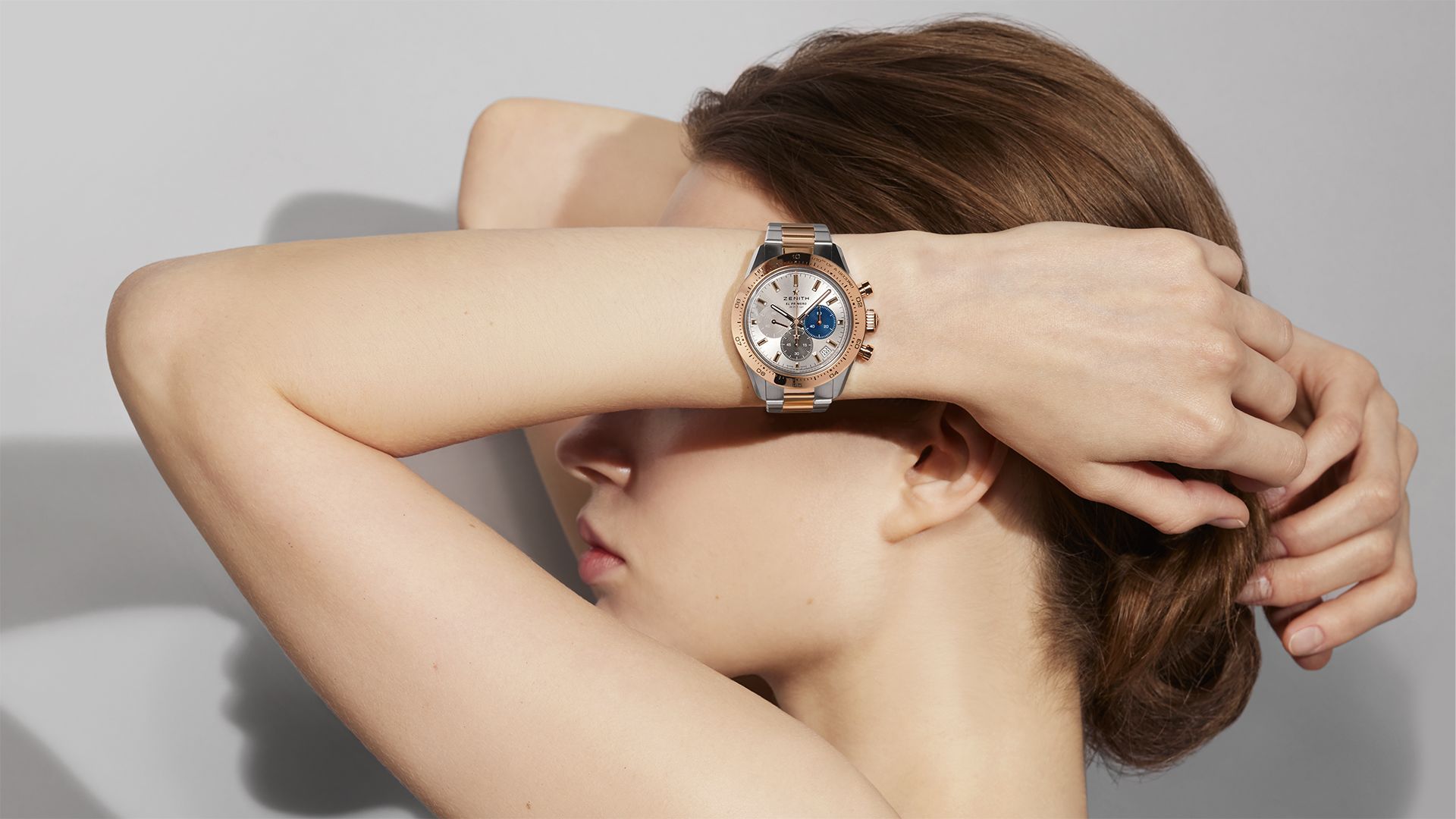 Zenith introduced all-new versions of Chronomaster Sport that came in two sizes, 39.5mm and 41mm. The Swiss brand ditched any kind of gender labelling and advertised the watches with the help of both male and female models
Zenith introduced all-new versions of Chronomaster Sport that came in two sizes, 39.5mm and 41mm. The Swiss brand ditched any kind of gender labelling and advertised the watches with the help of both male and female models
Vritti Jadwani, former Designer and Product Marketing Assistant at Jaeger-LeCoultre, and a member of RedBar Bombay, explains that women these days are buying timepieces without much care for the labels. “Brands might offer diving watches or pilot watches under the men’s category, but nothing is stopping women from buying them. A woman can definitely buy Breitling’s pilot watch or a Panerai or an IWC timepiece. If a woman diver is buying a diver’s watch, then it is a watch for women,” she says.
From the brands’ perspective, this evolution in consumer behaviour has led them to launch timepieces in a wide variety of sizes, including those which were once only meant for men. To mark the 50th anniversary of the Royal Oak, Audemars Piguet this year released a host of new models in different sizes, including 41mm, 39mm, and 37mm. Interestingly, none of these iterations targeted a specific gender. Meanwhile, at Watches and Wonders 2022, Zenith introduced all-new versions of Chronomaster Sport that came in two sizes, 39.5mm and 41mm. The Swiss brand ditched any kind of gender labelling and advertised the watches with the help of both male and female models. Similarly, this year Breitling released the latest Navitimer in three sizes—46mm, 43mm, and 41mm.
But not everyone is happy with this new trend. Some women watch enthusiasts feel that it has led to brands supersizing watches for women.
Brynn Wallner, who runs the popular Instagram account Dimepiece, which has around 26,000 followers, and an online watch magazine with the same name, says, “I think there have been a lot of mixed messages in terms of what women want. Watch brands have just internalised that women don’t want smaller and pink watches. So, when they release new watches, they are all very big to me. Like Rolex doesn’t make the 26mm Datejust anymore. They have discontinued that size, which was my daily wear. I just don’t understand why brands won’t make smaller watches when they know women have physically smaller wrist sizes. Earlier, they used to ‘pink it and shrink it’. Now, watch brands just pink it and don’t even shrink it.”
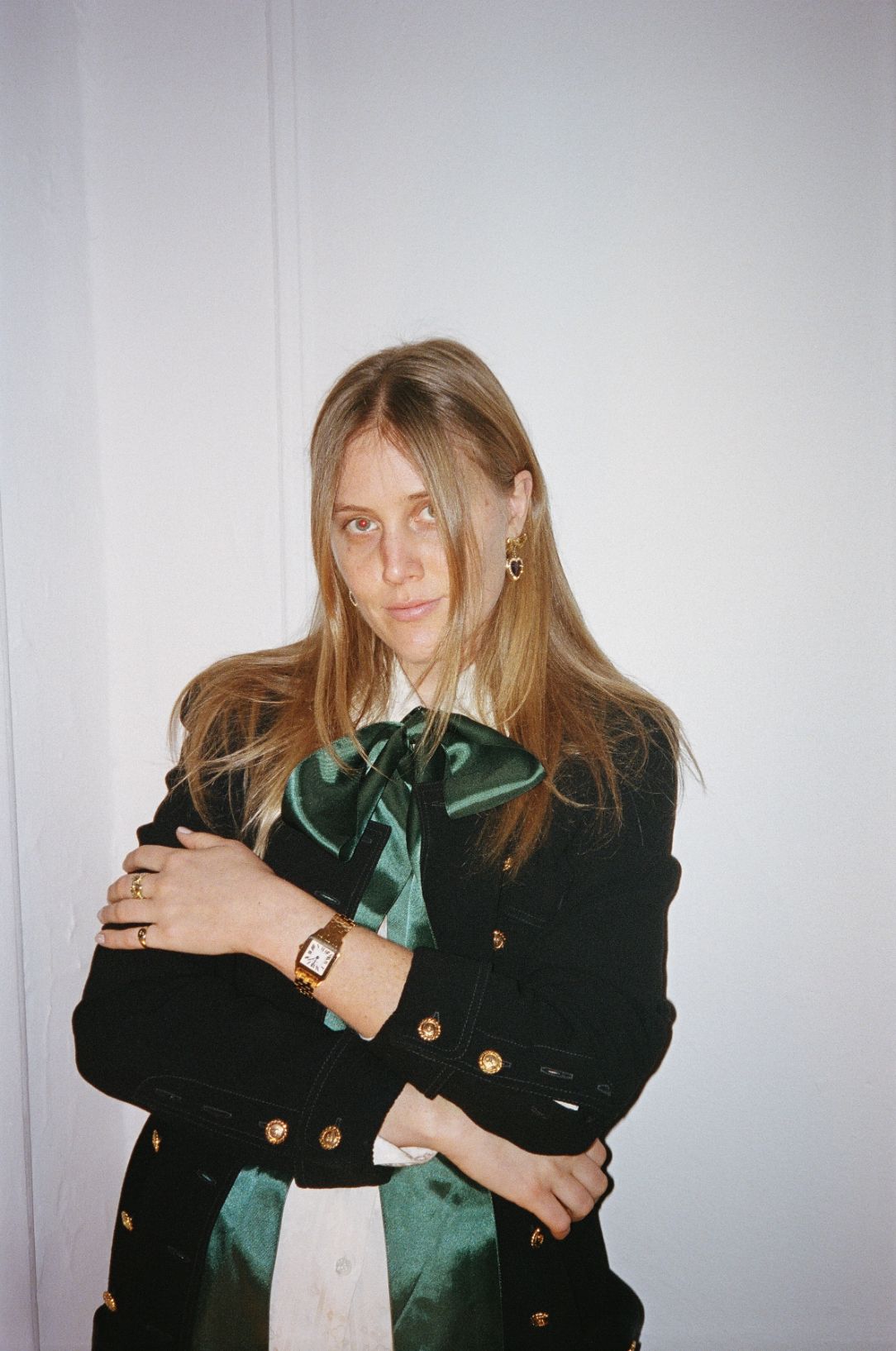 Brynn Wallner, who runs the popular Instagram account, Dimepiece
Brynn Wallner, who runs the popular Instagram account, Dimepiece
Long road ahead
Although there is evidence that watch brands have become more cognisant of including diverse voices—Wallner talks about a recent all-women press trip with Omega that featured an exhibit created solely for women, as a celebration of women’s watchmaking throughout Omega’s history—the industry continues to be dominated by men. “When you go to watch events, there are mostly men. And, in auction rooms, there are mostly men who are bidding. So that hasn’t changed. But there has been an uplift of different voices, and men are more receptive and aware of it,” says Wallner.
Meanwhile, Hirschy thinks more efforts need to be made in the areas related to communication and advertisements so that more women can make it (watch collecting) a hobby. “A lot of them feel that the advertising isn’t speaking to them. Social media, of course, has had a huge influence. On Instagram, seeing women posting wrist shots [of watches] has inspired others to get into watch collecting and made them think that maybe instead of buying a $3,000 bag, I can buy
a watch.”
In order to achieve a level playing field in the industry, watchmakers need to restrategise still. From including more women in leadership roles to creating inclusive advertising campaigns, brands have their work cut out in ensuring that watches offered are innovative, equipped with required complications, and break age-old conventions.







